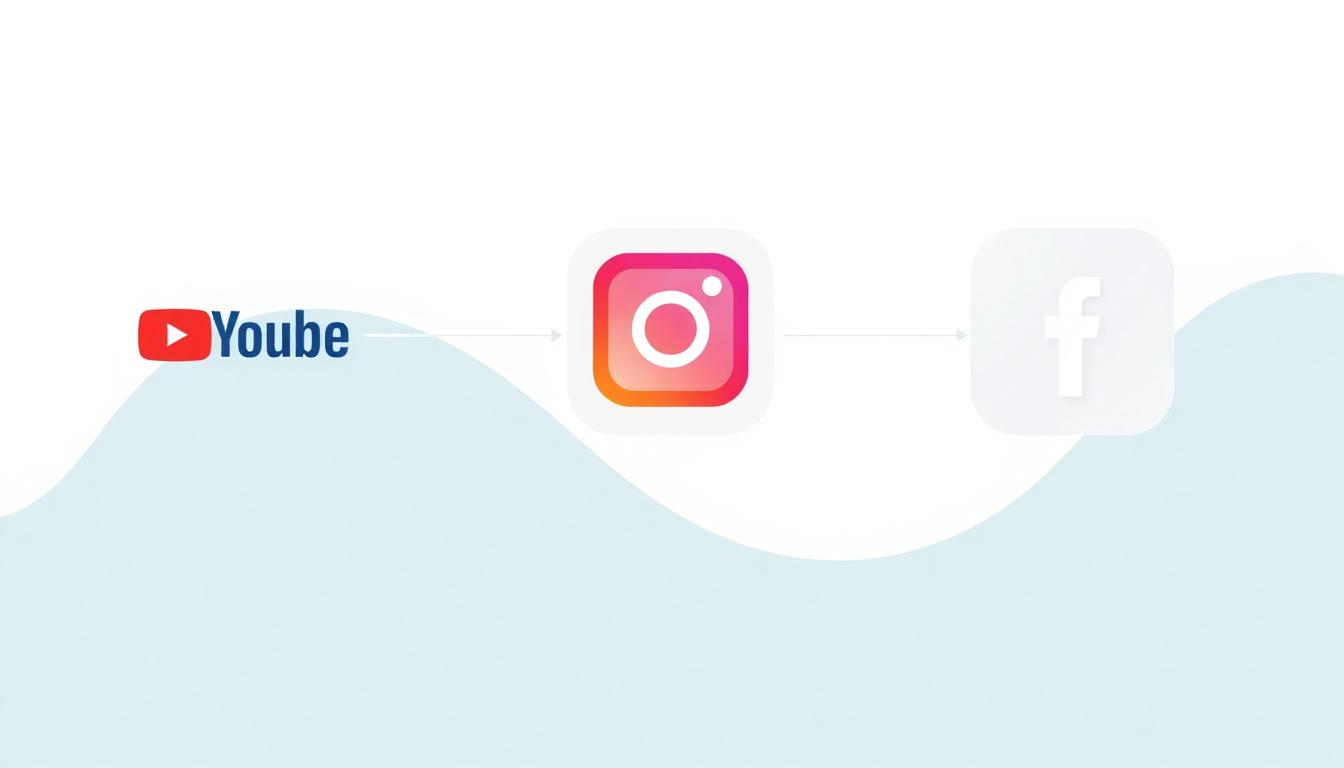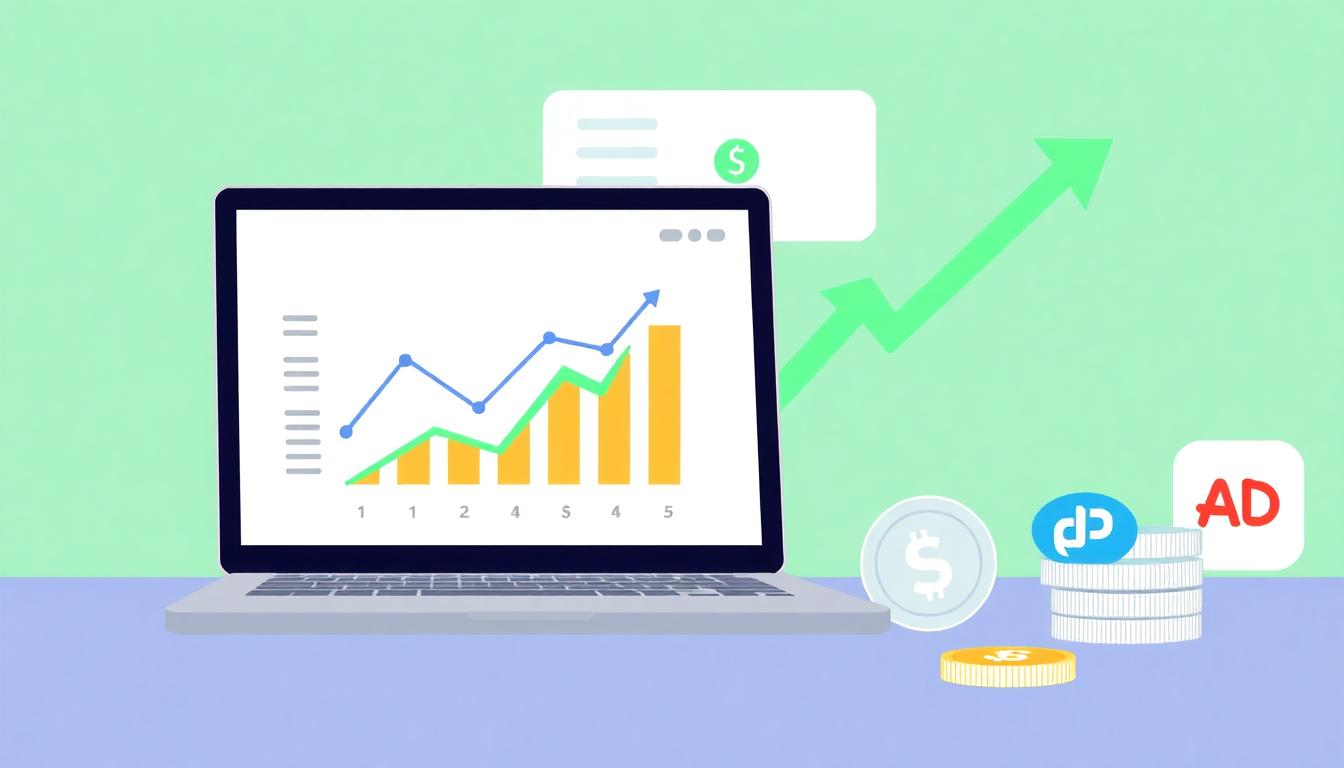Copyright Rules on YouTube, Instagram, and Facebook (What Every Creator Needs to Know in 2025)
Late at night, a creator uploads a video with a catchy pop song background. By morning, the video’s muted, with a notice about copyright and lost revenue. Friends sharing fun clips on Instagram face a similar fate, while Facebook sometimes removes their posts without warning. These moments aren’t rare for creators, and each platform plays by its own set of copyright rules.
If you share music, video, or even simple memes, you know copyright strikes are real. YouTube, Instagram, and Facebook all treat copyright a little differently, sometimes with big consequences. This post will break down exactly how each site enforces copyright in 2025, so you save time and avoid nasty surprises. Get ready for smart, simple steps to secure your art and keep your channels strong.
How Copyright Enforcement Differs: Takedowns, Monetization, and AI Content
Copyright enforcement plays out uniquely on YouTube, Instagram, and Facebook. Each platform uses different methods and priorities when it comes to protecting rights holders while balancing creator freedom. Understanding these differences can save you from unexpected takedowns or restrictions and explain why some content is muted, demonetized, or flagged. Let’s look into three key areas where copyright enforcement varies: takedowns, monetization, and the rise of AI content.

Takedowns: Automated vs Manual Review
YouTube relies heavily on its automated Content ID system. This technology scans uploads against a vast database of copyrighted audio and video. When it finds a match, it can instantly:
- Mute audio tracks
- Block videos globally or by region
- Request removal of infringing clips
This automated process is fast but not perfect. Some creators face harsh strikes or unwarranted removals when Content ID flags content that’s actually fair use or licensed.
Instagram’s approach targets audio and visual content, focusing primarily on music rights. The system often mutes Instagram Stories or Reels where copyrighted tracks play without permission. While there is automation, reported clips sometimes get human review to ensure accuracy. Image posts on Instagram are less aggressively flagged unless they directly violate copyright laws.
Facebook blends automation with manual review. Takedowns often come after rights holders file claims or when automated systems detect possible violations. Facebook’s Rights Manager tool scans videos and images, but human oversight is more common here, especially for complex copyright issues. This can lead to quicker appeals but slower initial enforcement.
![]()
Monetization: When Copyright Hits Your Wallet
On YouTube, copyright enforcement is tightly linked to monetization rules. If Content ID claims your video, revenue might:
- Go to the copyright owner instead of you
- Be disabled entirely if the claim is severe
- Trigger demonetization if recycled or reused content dominates
YouTube schools creators to avoid reusing clips without permission, or their channel risks losing monetization privileges. Transparency reports show this system constantly updates to catch new content but also reduces revenue for borderline uses.
Instagram’s monetization is less transparent but slowly evolving. Music rights are a major concern: many songs are licensed only for personal use, meaning monetized branded content featuring those tracks risks removal or muting. Instagram doesn’t use Content ID but restricts some music in ads to protect rights holders.
Facebook offers ad revenue sharing when monetized videos feature copyrighted music or video, but this depends on claiming rights through the Rights Manager tool. Monetization can continue for creators but often credit and revenue share go to the original artist or publisher. This split can feel less punitive but still impacts creator income.

AI-Generated and Repurposed Content
AI content is a new battleground. YouTube automatically flags content that reuses AI-generated clips or music without transformation or original input. If your video looks like a direct copy of AI-generated content, Content ID or manual review may issue strikes or demonetize.
Instagram generally treats AI content on a case-by-case basis. If AI generates music or visuals that resemble copyrighted work, automated systems may mute or block posts. However, Instagram places more weight on human review when reports come in, helping avoid overturning legitimate uses of AI.
Facebook is still updating its policies for AI. Their hybrid review process means AI-generated posts can be flagged by automation, but rights holders often have to report issues before enforcement happens. Repurposing AI content without adding creativity or license risks takedown, but Facebook encourages human judgment in ambiguous cases.

What This Means for You as a Creator
Each platform has a distinct personality when it comes to copyright enforcement:
| Platform | Takedowns | Monetization | AI Content |
|---|---|---|---|
| YouTube | Mainly automated Content ID, fast takedowns, strict strikes | Revenue redirected/demonetized if claimed | Flags AI reuse aggressively, requires transformation |
| Focus on music muting, some automation with human review | Limited music monetization, muting common | Case-by-case, human review for AI content | |
| Mix of automation and manual review, rights holder reports important | Ad revenue sharing with rights holders | Enforcement often after reports, human judgment key |
Knowing these differences helps you decide where and how to share your content without losing income or audience reach. For example, if you use popular music, Instagram’s muting might hit fastest, while YouTube could redirect ad revenue. AI content creators should expect stricter rules on YouTube, with Instagram and Facebook offering a bit more flexibility but still under watch.
If you want to explore official YouTube copyright policies further, the YouTube Content ID guide lays out how claims and monetization work. Facebook and Instagram’s policies often evolve, but rights management tools remain key to protecting creators and rights holders alike.
By adjusting your content strategy to these platforms’ enforcement styles, you can keep your creative flow steady while respecting copyright.
Conclusion
Copyright enforcement varies significantly between YouTube, Instagram, and Facebook, reflecting each platform’s focus and technology. YouTube relies heavily on automated Content ID for quick matches and monetization claims, with strict rules around originality and AI-generated content. Instagram’s copyright control centers on muting unauthorized music and balancing automation with human review to avoid excessive takedowns. Facebook combines automation with manual rights management, allowing more direct interaction with rights holders and proactive targeting of unoriginal content.
For creators, the key steps remain consistent: use original footage, secure proper licenses, and stay informed about each platform’s evolving policies. When faced with false claims, knowing how to appeal and adjust your strategy can protect your income and audience. Keep your content authentic, document your rights clearly, and watch for updates regularly to navigate the nuances efficiently.
Your work deserves respect and protection. Understanding these differences lets you focus on storytelling while minimizing interruptions and monetization losses. Stay creative, stay informed, and adapt smartly to secure your space across platforms well into 2025 and beyond.















0 Comments:
Post a Comment